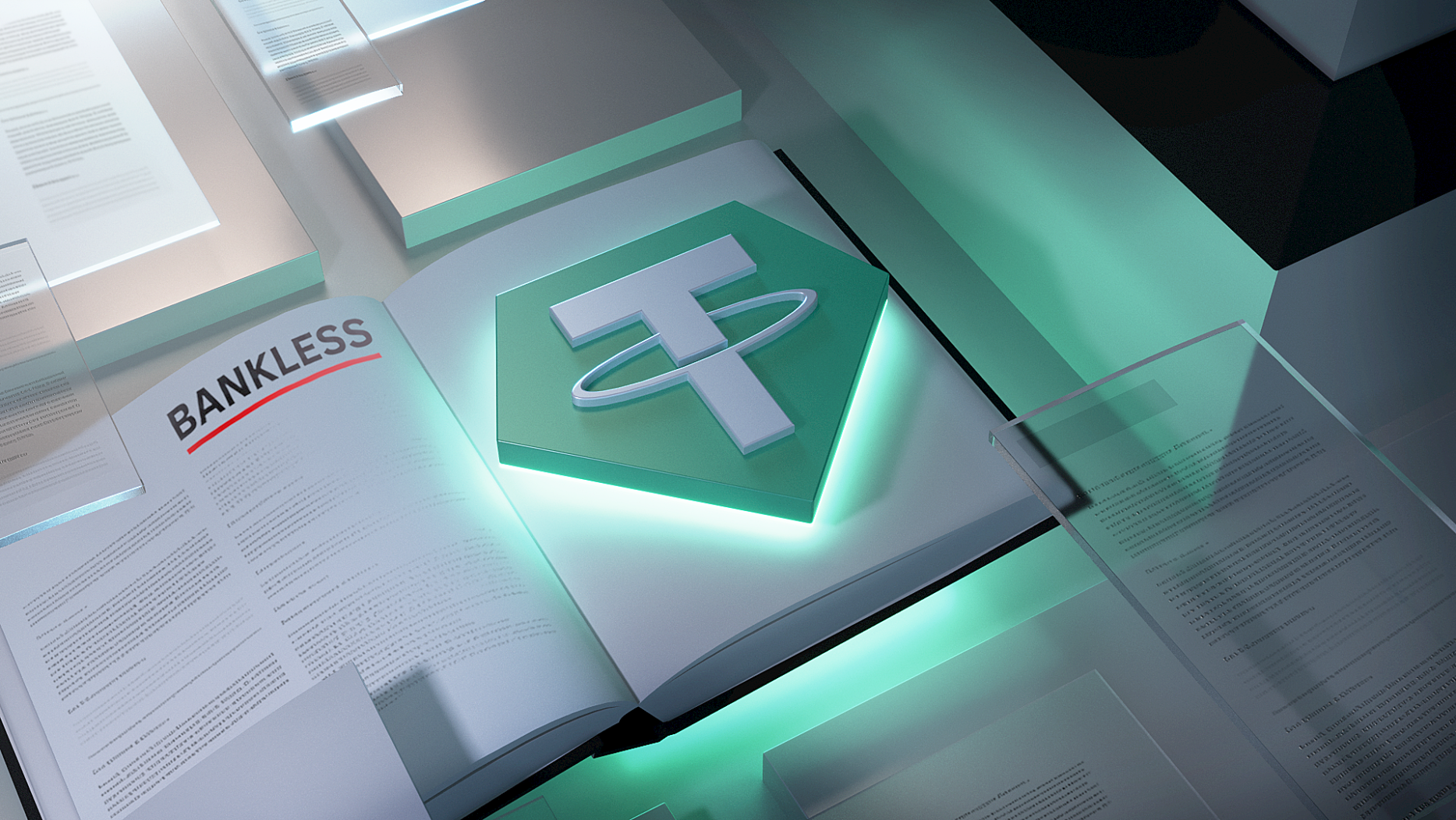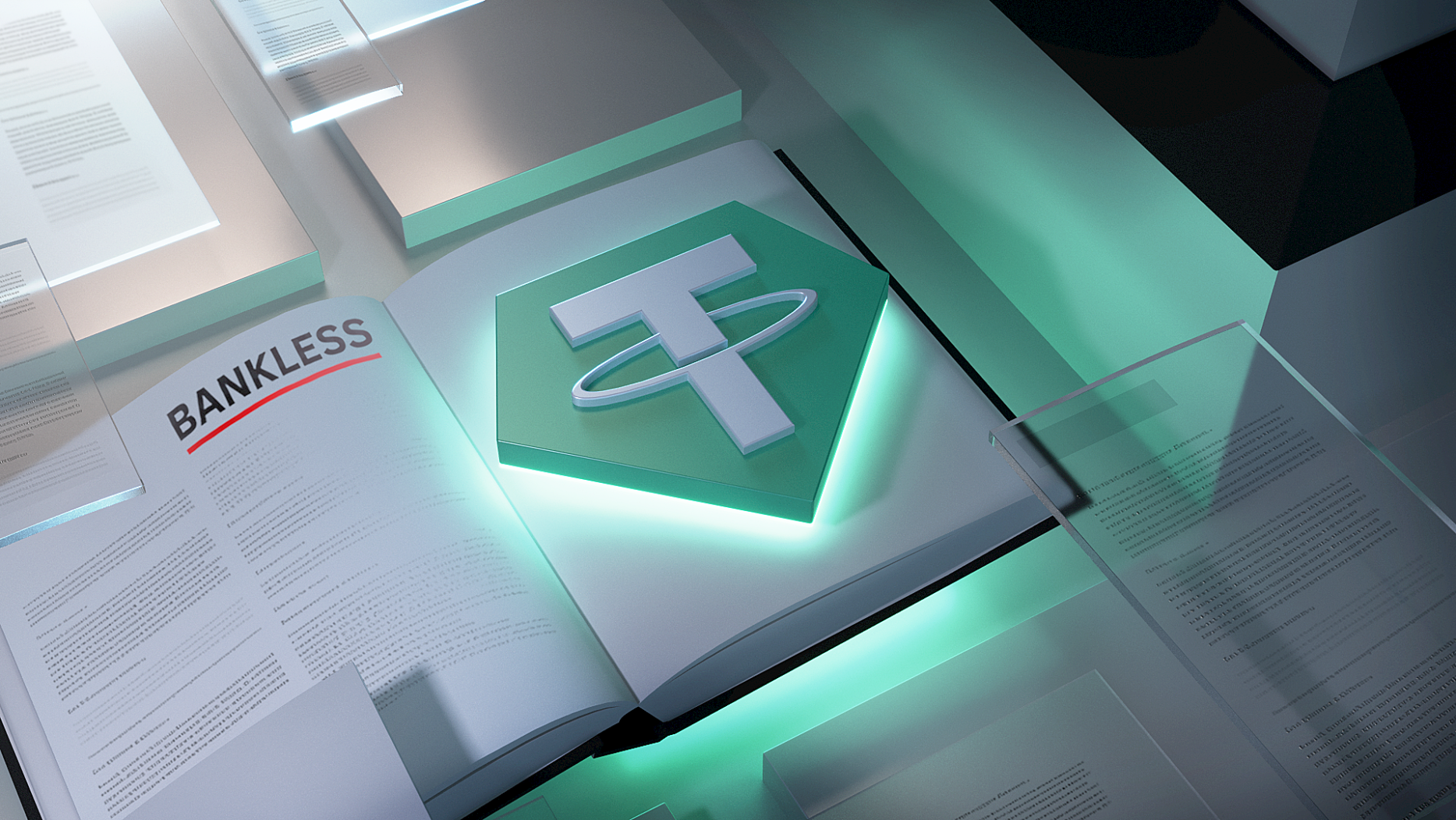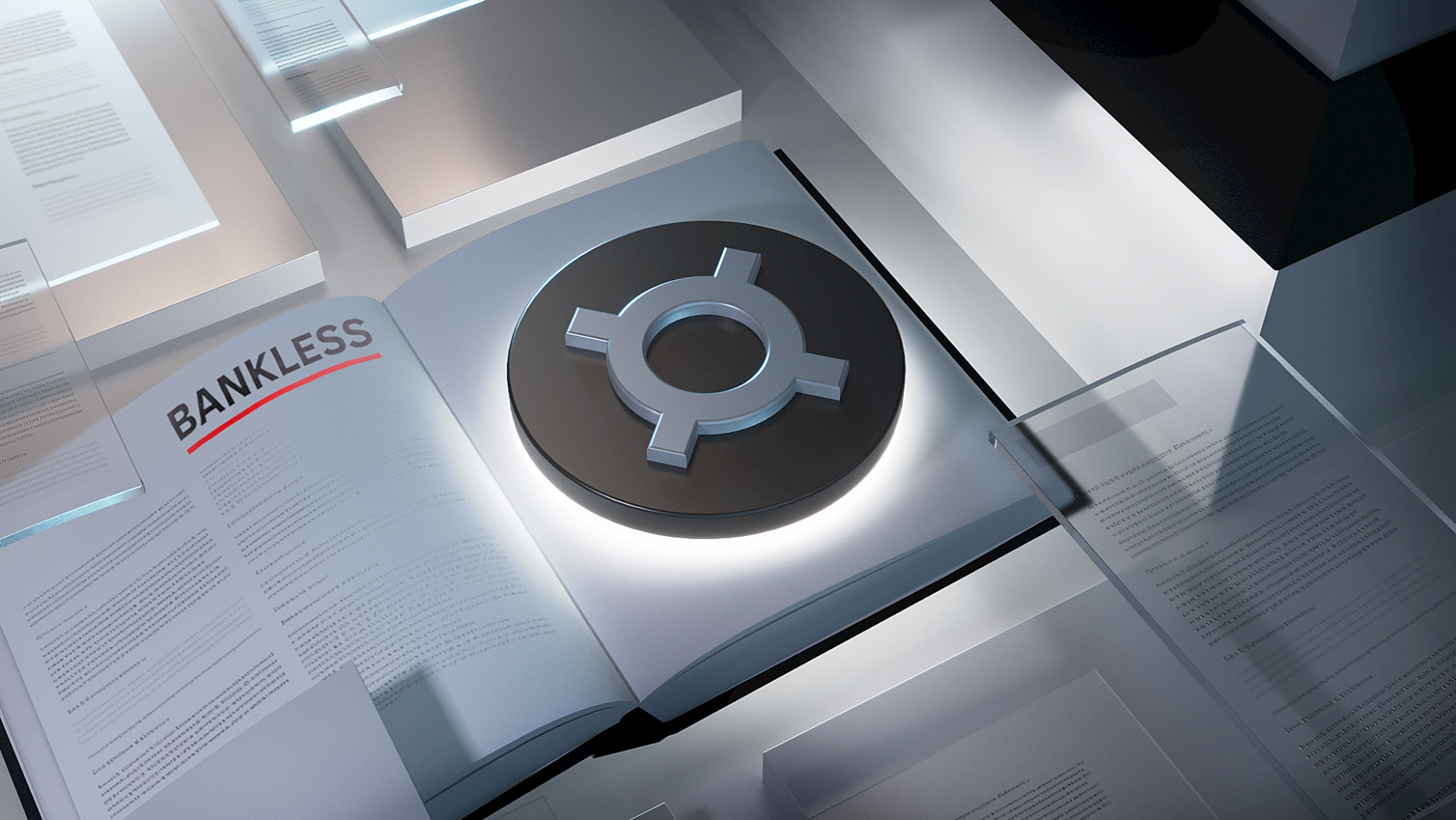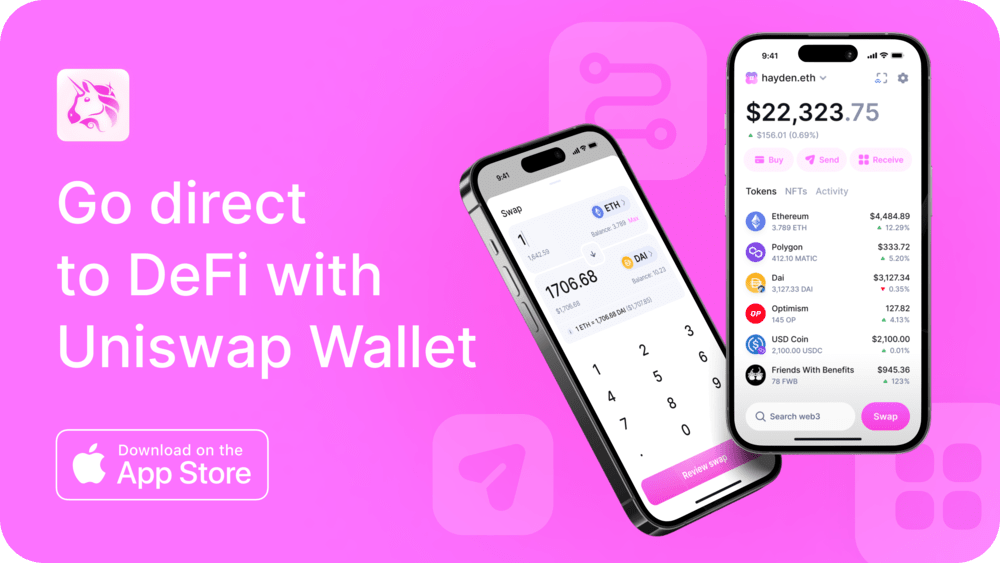Which Stablecoin is Right for You?

Dear Bankless Nation,
Stablecoins can be a confusing concept to crypto newbies, but deciphering what's unique about all of the stables out there can be tough for everyone! Bankless Guides is here to give you free starter courses on some of crypto's most popular apps, tokens and protocols.
In this month's Guides drop, we're giving you the rundown on some of the heavy hitters and rising stars in the stablecoin world, including offerings from Tether, Circle, Maker, Liquity, Frax and Aave. Click through below to learn 🫡
- Bankless team
The Bankless Guide to Tether USDT

Tether (USDT) is a centralized, asset-backed stablecoin that strives to keep a 1:1 parity with the US dollar. It maintains this stability through a reserve of assets held by Tether Ltd., which claims to hold cash or cash equivalents that are more than equal to, or over-collateralized, to the number of USDT in circulation.
The governance of the stablecoin is managed by Tether Ltd., which oversees the issuance and redemption of USDT.
Read on for a detailed history, token breakdown and steps to getting onboarded!
The Bankless Guide to Circle USDC

USDC, created by Circle and Coinbase, maintains its peg to the dollar through a system where each token is backed by a corresponding dollar in a reserve bank account.
The issuance, built on Ethereum's ERC-20 standard, is governed by the Centre Consortium, which ensures the stability and transparency of the token. Accordingly, while popular, it’s important to note that USDC is firmly on the “centralized” end of the contemporary stablecoin spectrum.
Read on for a detailed history, token breakdown and steps to getting onboarded!
The Bankless Guide to Maker DAI

DAI is a decentralized, crypto-collateralized stablecoin that aims to maintain a 1:1 parity with the US dollar. It aims to achieve this stability through a system of smart contracts which automatically respond to market dynamics as they happen.
The centerpiece of the Maker borrowing protocol, DAI maintains its value through a system of “over-collateralization.” This means users must deposit an amount of ETH (or other approved tokens) that is more than the amount of DAI they wish to generate and thereafter they must pay back their borrows over time.
Read on for a detailed history, token breakdown and steps to getting onboarded!
Go direct to DeFi with the Uniswap mobile wallet. Buy crypto on any available chain with your debit card. Seamlessly swap on Mainnet and L2s. Explore tokens, wallets and NFTs. Safe, simple self-custody from the most trusted team in DeFi.
The Bankless Guide to Liquity LUSD

LUSD is a stablecoin that is backed by ETH deposits, with the goal of keeping a 1:1 ratio with the US dollar. Just like how MakerDAO uses borrowing positions known as “Vaults” to back the DAI stablecoin with crypto deposits, Liquity uses similarly conceived “Troves” to underpin LUSD.
While the smart contracts of Vaults and Troves allow Maker and Liquity’s stablecoins to adapt to real-time changes in the market, the key difference is that Vaults accept multiple collateral types (which can be voted in or out via MKR governance) while Troves will only ever accept ETH (which can’t be changed since Liquity is a governance-free protocol).
Read on for a detailed history, token breakdown and steps to getting onboarded!
The Bankless Guide to FRAX

FRAX was previously known as a “fractional-algorithmic” stablecoin because it operated in both partially collateralized and partially algorithmic fashion. This meant that a portion of its value was backed by collateral, while the rest was stabilized algorithmically.
In this initial system, the Frax protocol achieved FRAX stability by adjusting the collateral ratio based on market conditions. When demand for FRAX was high, the protocol decreased the collateral ratio, allowing more FRAX to be minted without additional collateral. Conversely, when demand was low, the protocol increases the collateral ratio, ensuring stability.
Read on for a detailed history, token breakdown and steps to getting onboarded!
The Bankless Guide to Aave GHO

GHO is a decentralized, multi-collateral stablecoin native to the DeFi lending protocol Aave. Stablecoins are a unique type of cryptocurrency whose value is backed by an outside asset, typically a traditional currency like the U.S. dollar. According to this model, GHO has been designed to have a stable $1 USD price and to facilitate transactional activities in and around DeFi.
Unlike many stablecoins, the oracle price for GHO is fixed, meaning it cannot be changed. This makes GHO a transparent and reliable stablecoin. The interest rates for GHO are defined by the Aave DAO, and the repaid interest is redirected to the DAO instead of the asset suppliers. This structure is expected to generate additional revenue for the Aave DAO.
Read on for a detailed history, token breakdown and steps to getting onboarded!
Action steps
- 💸 Click through the DeFi guides above!
- 👁️ Check out the rest of our Bankless Guides content
- 👨🏫 Read The Ethereum Q2 2023 Report
